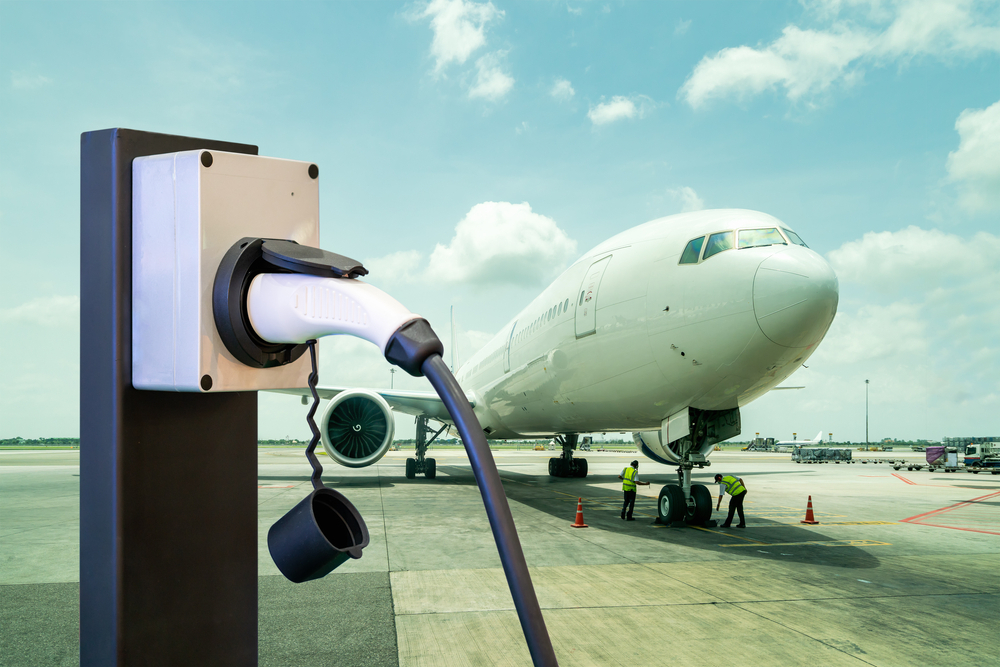
Electric Planes Take to the Sky at NASA Green Flight Challenge
There is no roar of a 3,000 horsepower V-12 at an electric airplane race. Instead there is only the whir of an electric motor as pilots entered in the NASA Green Flight Challenge take off into the morning sky above the Sonoma County vineyards.
Electric Planes Take to the Sky at NASA Green Flight Challenge

There is no roar of a 3,000 horsepower V-12 at an electric airplane race. Instead there is only the whir of an electric motor as pilots entered in the NASA Green Flight Challenge take off into the morning sky above the Sonoma County vineyards.Minutes later the aircraft begin their speed runs overhead on a rectangular course with no perceptible noise from the ground. It takes a keen eye to spot the airplanes when there is no sound to guide you to their location.
It takes the teams less than two hours to complete the 200-mile course, and the dominant sound as the airplanes approach the airport to land is the wind as the air rushes over the airframes. With their motors at idle, the propellers on many sit motionless as the pilots touch down in front of eager team members wanting to look at all of the flight data.
Once back on the ground, aircraft must be checked, pilots must be weighed and data must be downloaded by the NASA team responsible for determining the winner. There is $1.65 million up for grabs, but much of the competition took place long before any of the planes even made it to California.
Continuing the path set out by early aviators a century ago, this week the first electric aircraft competition took place here at the Sonoma County Airport. The NASA Green Flight Challenge is aimed at providing an incentive for the development of electric aircraft. The $1.65 million in prizes is thanks in large part to a sponsorship from Google. And just like many of the early races and competitions during the early days of aviation, there have been breakthrough designs, record flights and a handful of dreams left unfulfilled.
In the end the number of teams set to compete went from 10 that had originally entered, to just five that had qualified for the event. That number fell to just four by the beginning of the week and then just three after a team from Embry-Riddle University could not meet some of the requirements because of time constraints and issues with the school’s own rules on aircraft development flights. After petitioning and the support of the three remaining teams, Embry-Riddle’s hybrid electric aircraft was allowed to participate in the competition, but was not eligible for the prize.
Two main days of competition included an efficiency flight on Tuesday and Thursday’s speed flight. For the efficiency competition the aircraft flew a set course, averaging at least 100 miles per hour and the equivalent of 200 seat miles per gallon while trying to use the least amount of energy. For the speed flight the aircraft flew a 200-mile course as fast as possible while maintaining the 200 seat miles per gallon average, and they needed to land with 30 minutes of reserve power available. The aircraft must also have two people on board.
In the end the competition really came down to the two electric aircraft, as the Phoenix team knew that with their conventional gasoline engine they would not be able to meet the efficiency requirements set out by the organizers.
Both of the electric aircraft appear to have met the minimum requirements for each day of competition flying, so it will come down to which aircraft consumed the least energy on Tuesday and flew the fastest on Thursday.
Unfortunately, NASA is keeping everybody in suspense, as the winner will not be announced until Monday at an event being held at Moffett Field near San Jose. The NASA Ames Research Center will be hosting all of the aircraft that flew this week, and each of the aircraft will be on public display. The aircraft will also perform flybys in the afternoon.

